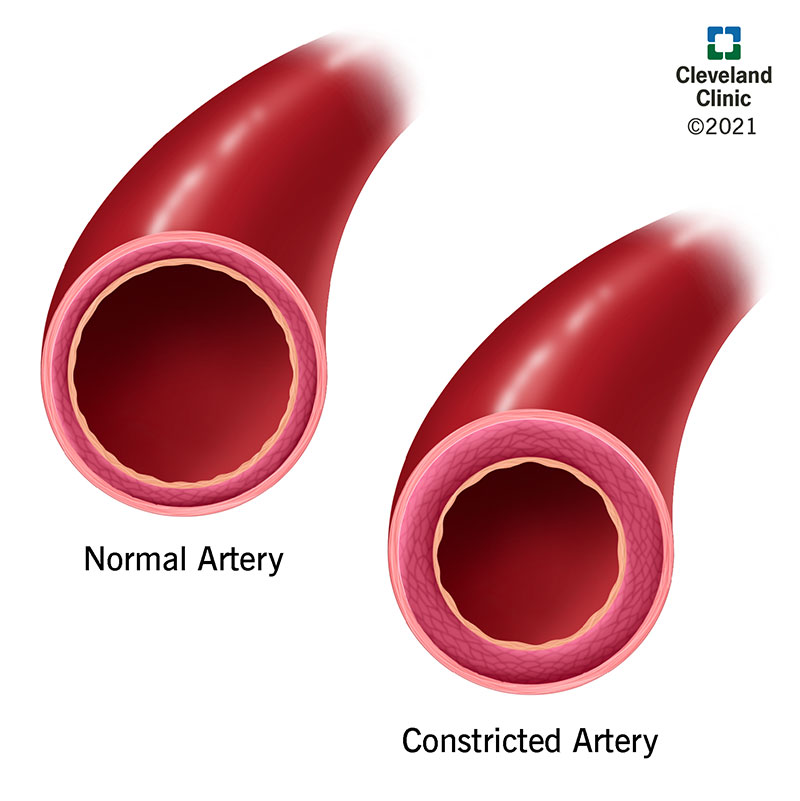The arterial blood gas below indicates that the primary acid-base imbalance is:
pH - 7.25
PaCO2 - 20 mm Hg
HCO3- - 10 mEq/L
Select all that apply:
Normal range:
pH = 7.35-7.45
PaCO2 = 36-44 mmHg
HCO3- = 22-26 mEq/L
Alkalosis
Respiratory
Metabolic
Acidosis
With compensation (being compensated)
The Correct Answer is C
Choice A: Alkalosis
Alkalosis refers to a condition where the blood pH is higher than the normal range (above 7.45). In this case, the pH is 7.25, which indicates an acidic environment rather than an alkaline one. Therefore, alkalosis is not the correct answer.
Choice B: Respiratory
Respiratory acidosis or alkalosis is determined by the levels of PaCO2. In respiratory acidosis, PaCO2 is elevated, while in respiratory alkalosis, PaCO2 is decreased. Here, the PaCO2 is 20 mm Hg, which is below the normal range, indicating a respiratory component. However, the primary issue is not respiratory because the HCO3- is also significantly low, pointing towards a metabolic cause.
Choice C: Metabolic
Metabolic acidosis is characterized by a low pH and a low HCO3- level. In this case, the pH is 7.25, and the HCO3- is 10 mEq/L, both of which are below the normal ranges. This indicates that the primary acid-base imbalance is metabolic acidosis.
Choice D: Acidosis
Acidosis refers to a condition where the blood pH is lower than the normal range (below 7.35). The given pH of 7.25 confirms that the patient is experiencing acidosis. However, this choice alone does not specify whether it is metabolic or respiratory acidosis.
Choice E: With Compensation (Being Compensated)
Compensation refers to the body’s attempt to return the pH to normal by adjusting the levels of PaCO2 or HCO3-. In this case, the low PaCO2 suggests that there is a respiratory compensation for the metabolic acidosis. However, the primary imbalance remains metabolic acidosis.
Nursing Test Bank
Naxlex Comprehensive Predictor Exams
Related Questions
Correct Answer is C
Explanation
Choice A: Move Na Inside the Cell
The primary function of the Na-K pump, also known as the sodium-potassium pump, is to move sodium (Na) ions out of the cell, not into the cell. This pump actively transports three sodium ions out of the cell for every two potassium ions it brings in. Therefore, this choice is incorrect.
Choice B: Move K Out of the Cell
The Na-K pump moves potassium (K) ions into the cell, not out of the cell. This active transport mechanism helps maintain the necessary concentration gradients of sodium and potassium across the cell membrane, which are crucial for various cellular functions, including maintaining the resting membrane potential.
Choice C: Move Na Out of the Cell
The main function of the Na-K pump is to move sodium ions out of the cell. For every cycle of the pump, three sodium ions are exported out of the cell, and two potassium ions are imported into the cell. This process is essential for maintaining the electrochemical gradient across the cell membrane, which is vital for nerve impulse transmission, muscle contraction, and overall cellular homeostasis.
Choice D: Move Na and K Inside the Cell
This choice is incorrect because the Na-K pump does not move both sodium and potassium ions inside the cell. Instead, it moves sodium ions out of the cell and potassium ions into the cell. This active transport mechanism is crucial for maintaining the proper ionic balance and membrane potential necessary for various physiological processes.
Correct Answer is D
Explanation
Choice A: Minimal Effect on Vessels
A reduction in blood pH, which indicates acidosis, does not have a minimal effect on blood vessels. Acidosis can significantly impact vascular tone and function. Therefore, this choice is incorrect as it underestimates the physiological changes that occur in response to a decrease in pH.
Choice B: No Effect on Vessels
Similarly, stating that a reduction in blood pH has no effect on vessels is inaccurate. Blood pH is tightly regulated, and deviations from the normal range (7.35-7.45) can lead to significant physiological responses. Acidosis can alter vascular tone, making this choice incorrect.
Choice C: Vasodilation
While vasodilation can occur in response to certain conditions, a reduction in blood pH typically leads to vasoconstriction rather than vasodilation. Vasodilation is more commonly associated with an increase in blood pH (alkalosis) or other factors such as increased levels of nitric oxide or prostaglandins.
Choice D: Vasoconstriction
When the pH of blood reduces, indicating acidosis, it often leads to vasoconstriction. This response is mediated by chemoreceptors that detect changes in pH and stimulate the vasomotor center to increase vascular tone. Vasoconstriction helps to maintain blood pressure and ensure adequate perfusion of vital organs during acidosis. Therefore, this is the correct answer.

Whether you are a student looking to ace your exams or a practicing nurse seeking to enhance your expertise , our nursing education contents will empower you with the confidence and competence to make a difference in the lives of patients and become a respected leader in the healthcare field.
Visit Naxlex, invest in your future and unlock endless possibilities with our unparalleled nursing education contents today
Report Wrong Answer on the Current Question
Do you disagree with the answer? If yes, what is your expected answer? Explain.
Kindly be descriptive with the issue you are facing.
